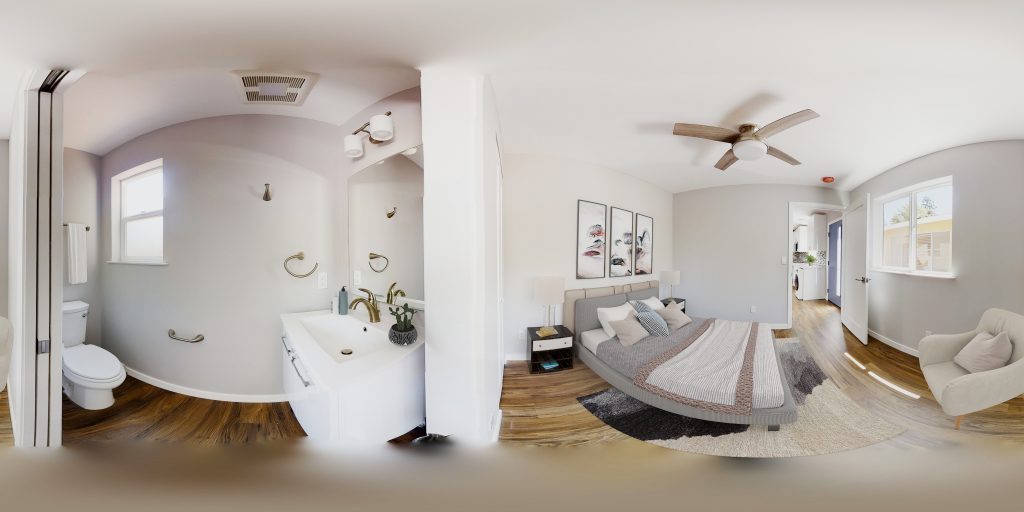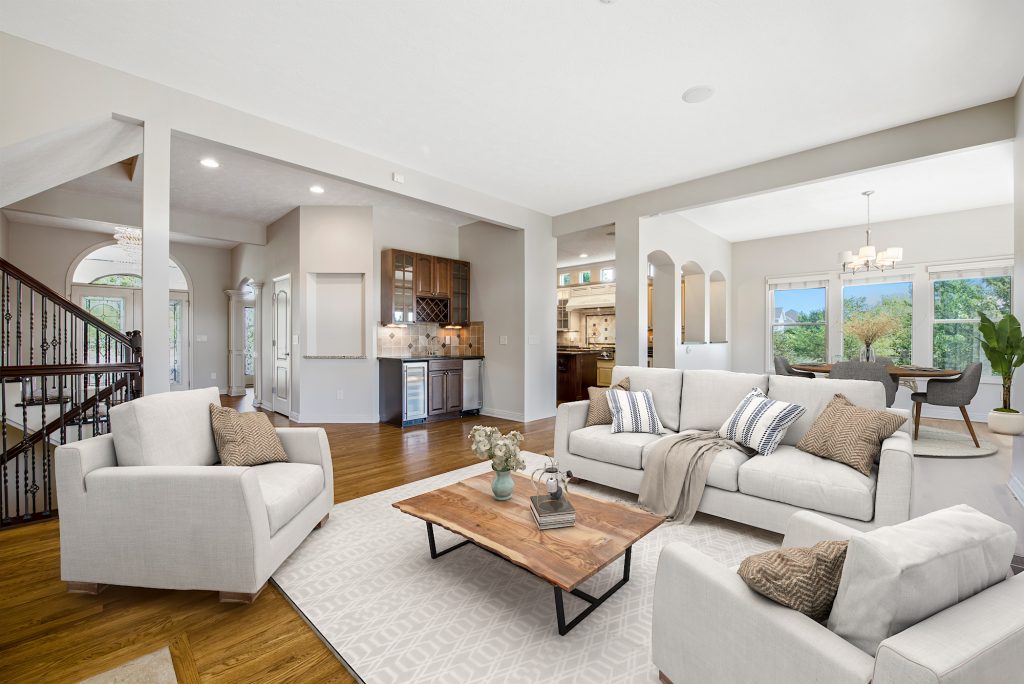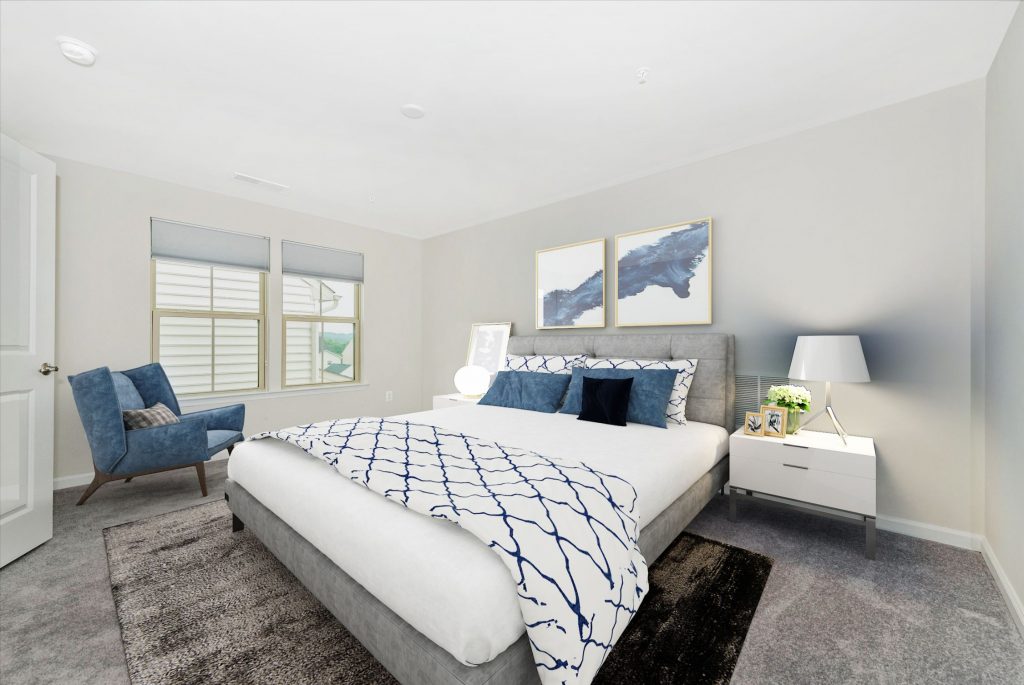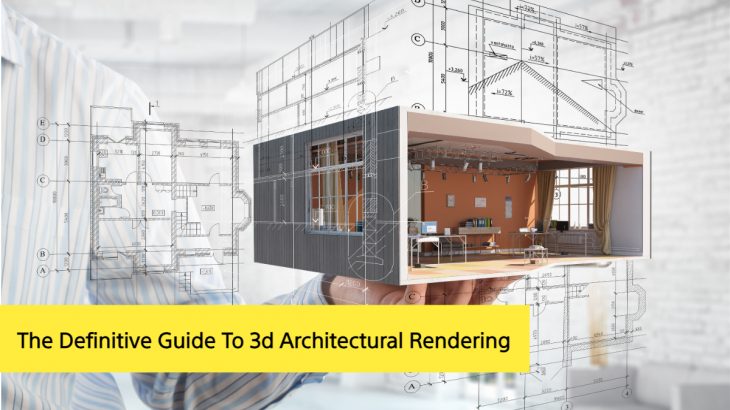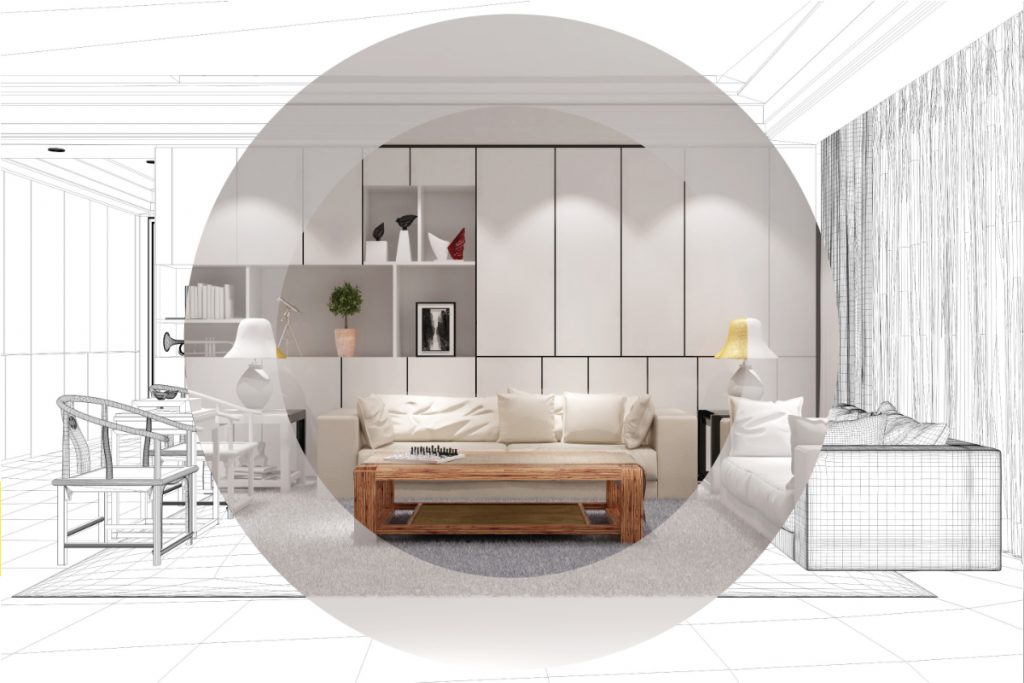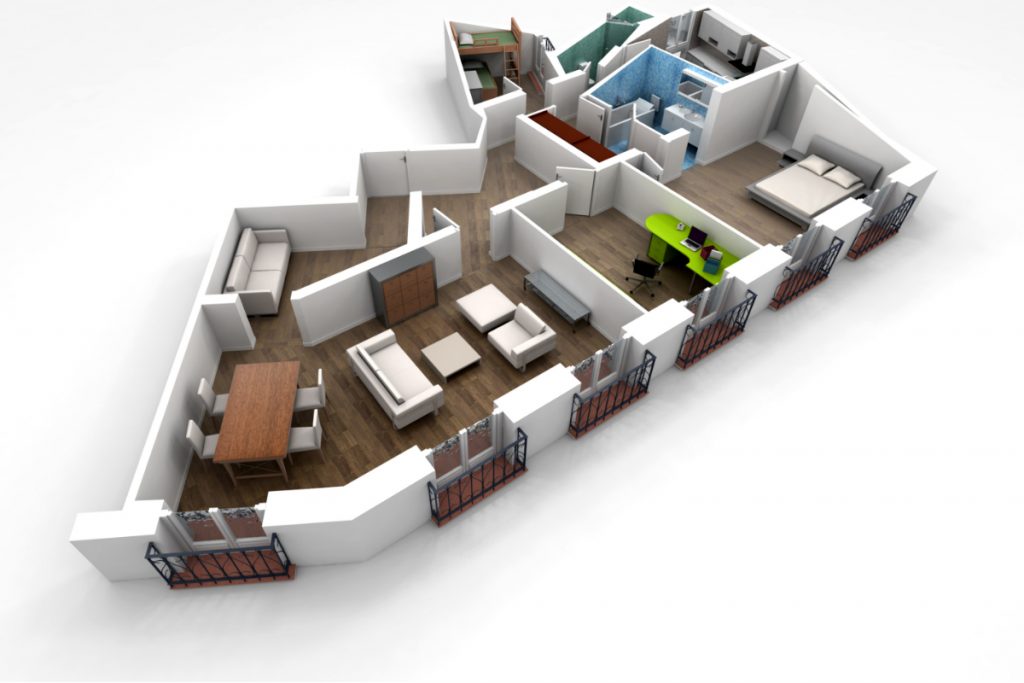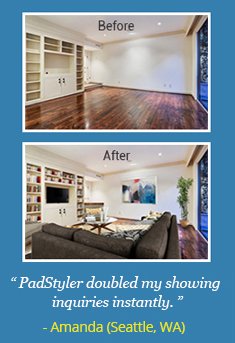In this era, the real estate market is seeing an increase in sales of second-hand properties. Homeowners are also spending much of their budget to renovate and refurbish their property in order to sell that.
People want their houses to stand out from the rest, and to do that, and they had to attract with their images and price. It was then that the Virtual Staging technique was imported. This concept was born in the United States and consisted of fine-tuning and improving the property with decoration and lighting techniques to speed up the sales process.

Traditional, Virtual Staging, and Interior Decoration Tips
The biggest mistake you can make when selling or renting your home is keeping it as it is. You should know that over time, the furniture deteriorates, and an exaggerated decoration can generate the opposite effect. Several studies have confirmed that this technique can reduce the process of buying and selling real estate up to eight times faster. That’s why we offer you 10 keys to Home Staging, which you can apply to energize and increase the sale of your home.
Here are some traditional Home Staging Tips:
- Opt for minimalist designs so that the tenant imagines his accommodation. This is a good trick because it uses neutral colors that relax.
- Create simple, clean lines so as not to create cluttered spaces. Adopt the concept of “less is more.
- Even though we are very creative and like to innovate, we have to reject this idea on a business level. We need to generate simple and functional designs.
- Opt for white furniture to brighten it up, and choose dark furniture for everyday use for better preservation.
- It is better to depersonalize the spaces, not to condition the future owner. Use light tones to give brightness and furniture with straight lines.
- In the context of home staging, it is important that the property not only looks good but also stands out. Try to improve yourself to distinguish yourself from the other offers on the market.
- Update the status of kitchens with shades of white. Paint the tiles, smooth the woodwork and change the handles.
